Should You Use A Lightweight Moisturizer?
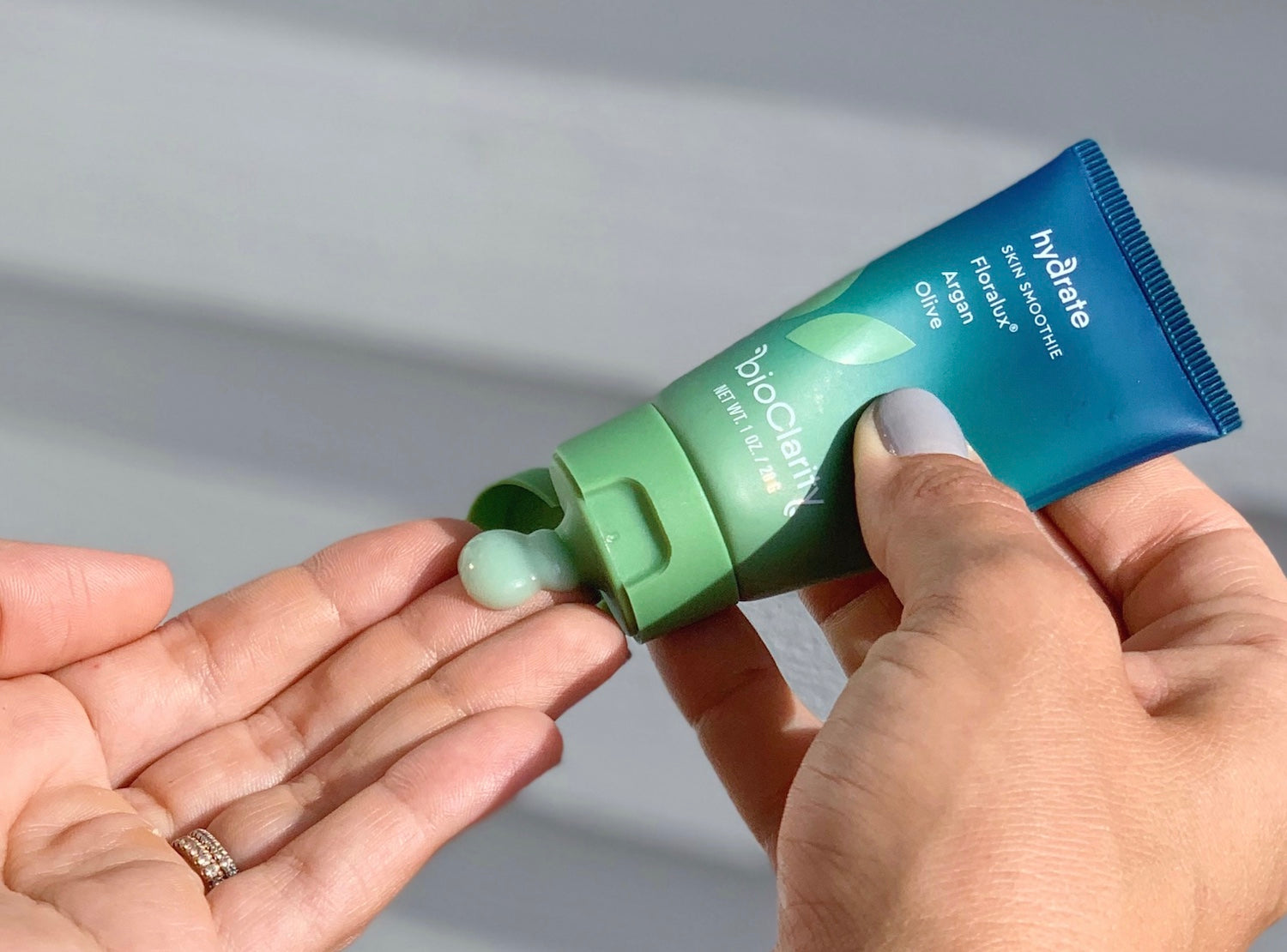
Do I Really Need To Moisturize?
The skin is exposed to a variety of stressors throughout the day, including sun exposure, pollution, cold air, and strong ingredients from other skincare products. These stressors negatively affect the skin’s natural moisture levels, which is why moisturizer is such a critical part of skincare. In other words, skipping moisturizer is a skincare sin if your goal is to learn how to hydrate skin and keep it healthy.
Moisturizers help replenish your skin’s hydration levels, protect the skin’s top layer, and provide lubrication to keep your skin supple, soft, and smooth. They also help seal any hydrating benefits from the previous products in your routine, such as serums. Regardless of your skin type, moisturizer needs to be a part of your daily routine. But first, let’s break down the different types of moisturizers.
Types of Moisturizers
Moisturizers are typically comprised of three types of ingredients: occlusives, humectants, and emollients.
- Occlusives: physically block the evaporation of water; popular occlusives include olive and argan oil
- Humectants: attract and bind water to the skin’s surface; popular humectants include glycerin and hyaluronic acid
- Emollients: mainly lipids and oils that fill in cracks in the skin, which helps repair and smooth out the skin’s surface; popular emollients include jojoba oil and squalane
Moisturizers can also come in different forms such as gel moisturizers or cream moisturizers. The beauty of a gel moisturizer is that it helps hydrate and plump the skin, minus the heavy feeling of cream moisturizers. Their lightweight formulas are water-based, which allows them to absorb into the skin quickly without leaving greasy residue. Cream moisturizers have a thicker, richer consistency. Unlike gel moisturizers, cream moisturizers typically contain oil so they have a more softening, nourishing effect on the skin.
What Moisturizer Is Best For Me?
When shopping for a new moisturizer, it’s easy to be overwhelmed by how many options there are. How do you know which one to pick? You can simplify your skincare and makeup routine by using Primed & Ready, a 2-in-1 deeply hydrating primer that doubles as an everyday moisturizer. But the most important thing to keep in mind is your skin type and using it to determine which moisturizer will be most effective for you.
Oily Skin
If you have oily skin, you may be wondering “My skin is already oily, do I even need to moisturize?” In short, the answer is yes. Those with oily skin may think the solution is to do everything they can do to dry out their skin, but doing so will only trigger it to overproduce oil to compensate. If you have oily or acne-prone skin, a gel or other lightweight moisturizer will be the best choice but be sure that it's non-comedogenic.
Non-comedogenic skincare refers to skincare that won't clog pores. Our Hydrate Skin Smoothie is a non-comedogenic, lightweight moisturizer that softens and hydrates the skin without leaving it greasy or sticky. Hydrate is designed for oily to normal skin types and is packed with botanicals such as licorice root, argan, olive, and our signature ingredient, Floralux. Floralux is a smart form of chlorophyll clinically proven to help reduce redness and hyperpigmentation, even skin tone and texture, and boost production of collagen and elastin. Argan and olive are known for their hydration benefits while licorice root helps soothe and reduce the appearance of red, blotchy skin.
Quench Thirsty Skin
A skin smoothie for your face! This lightweight moisturizer is packed with botanicals and good-for-you ingredients.
Soak It UpDry Skin
Of all skin types, dry skin is the one that would benefit least from a lightweight moisturizer, but it’ll ultimately depend on your personal level of dryness. If you consider yourself to be severely or very dry, opt for a thicker cream moisturizer instead.
If you also experience flakiness, exfoliate less often to avoid disrupting your skin barrier even further. This will be especially important during the colder months as the temperatures start to drop and aggravate the skin. Focus more on hydrating your skin rather than trying to smooth out the texture through exfoliation.
Combination Skin
Because combination skin is characterized as being oily in some areas and dry in others, those with this particular skin type will benefit from using two different moisturizers instead of one. This will allow you to give each area of your skin the ingredients and level of hydration it needs. Use a lightweight moisturizer for the areas that tend to be more oily, and a thicker cream moisturizer for the areas that are dry.
Normal Skin
Normal skin is neither oily or dry and generally works well with any skincare product. Those with normal skin don’t typically experience any skin issues, so anti-aging and everyday nourishment is the main focus. If you have normal skin, look for a lightweight moisturizer containing ingredients with anti-aging properties to help maintain your healthy, natural glow.
Sensitive Skin
A lightweight moisturizer would also work well for sensitive skin, but always check the ingredient list and look for any potentially irritating ingredients such as fragrances, dyes, sulfates, parabens, or harsh chemicals. Also, keep in mind that the skin can change and you can develop allergies over time, so there’s always a possibility that you’ll react to an ingredient even if you don’t have a history of skin sensitivity. Exercise caution with any product that comes in contact with your skin and watch out for any burning, itchiness, dryness, or flakiness.
How to Use A Lightweight Moisturizer
Get the most out of your moisturizer by following these tips:
Always Patch Test It First
Before adding a new moisturizer to your routine, it’s important to not only check if you like how it feels on your skin, but also to make sure it doesn’t cause any form of irritation. As with any skincare product, patch test your moisturizer before using it on your entire face, especially if you have sensitive skin.
Know When To Apply It
The order in which you apply your skincare products can affect the overall effectiveness of each product. Make sure you’re layering your products in the correct order and applying moisturizer at the correct time in your skincare routine, meaning after treatment products, serums, and eye creams. The general rule of thumb is to apply your products from thinnest to thickest.
In terms of frequency, apply moisturizer both morning and night for best results. Then allow it to dry before applying any sunscreen or makeup.
Rub It In Gently
Rubbing in your moisturizer too aggressively can irritate the skin and cause inflammation. The skin on your face is more delicate than the skin on your body so do your best to treat it gently! Apply a little at a time and massage it into your skin to ensure it absorbs all the nourishing ingredients.

Abby Vinas
Abby Vinas has long been an active member of the holistic health community, advocating in favor of its benefits to both our physical and emotional well-being. Her commitment to leading a healthy lifestyle has made her an authority on self-care practices. Abby is passionate about fitness, nutrition, and proper skincare, and is also an avid lover of avocado toast and dog-petting.



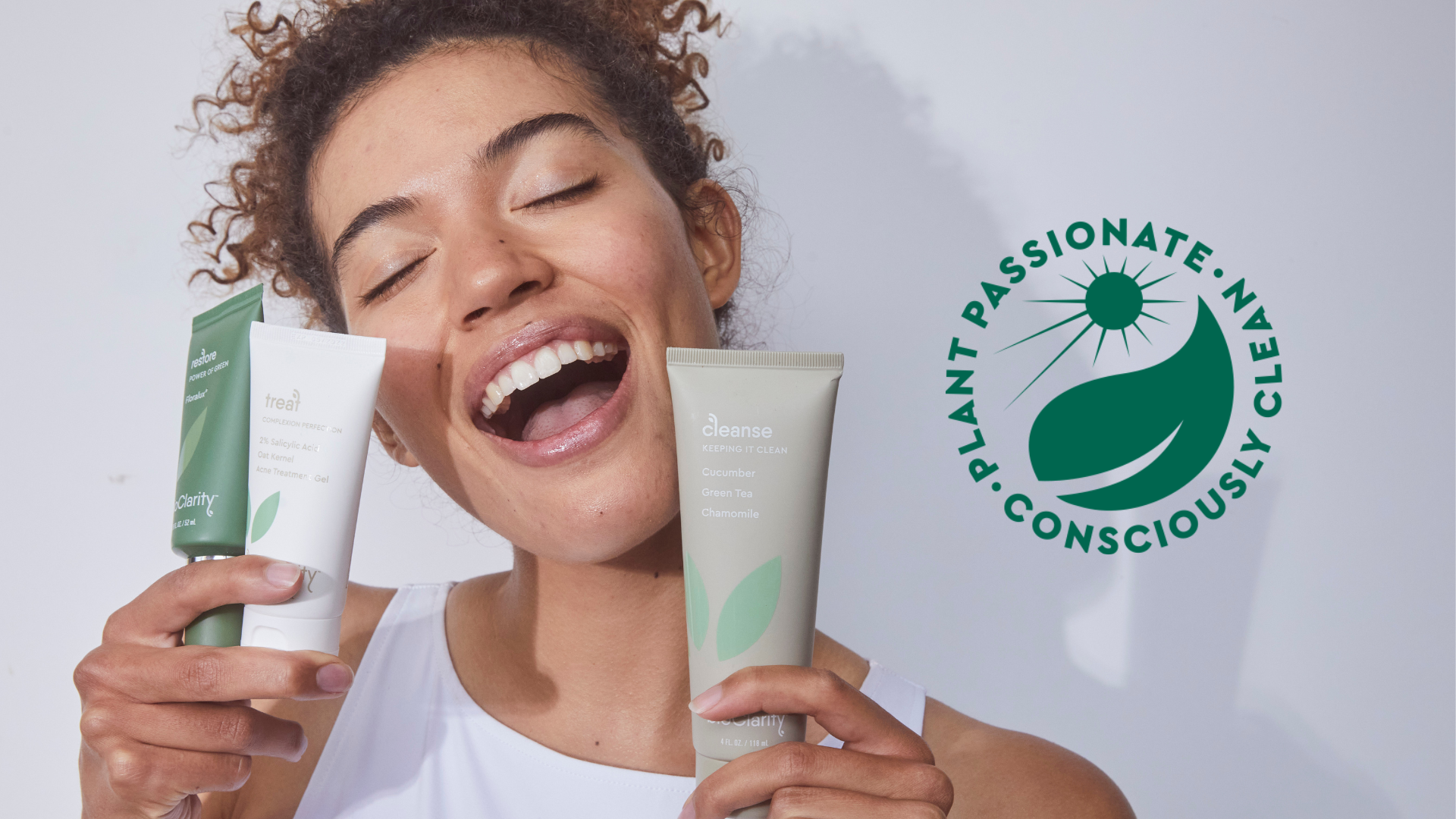

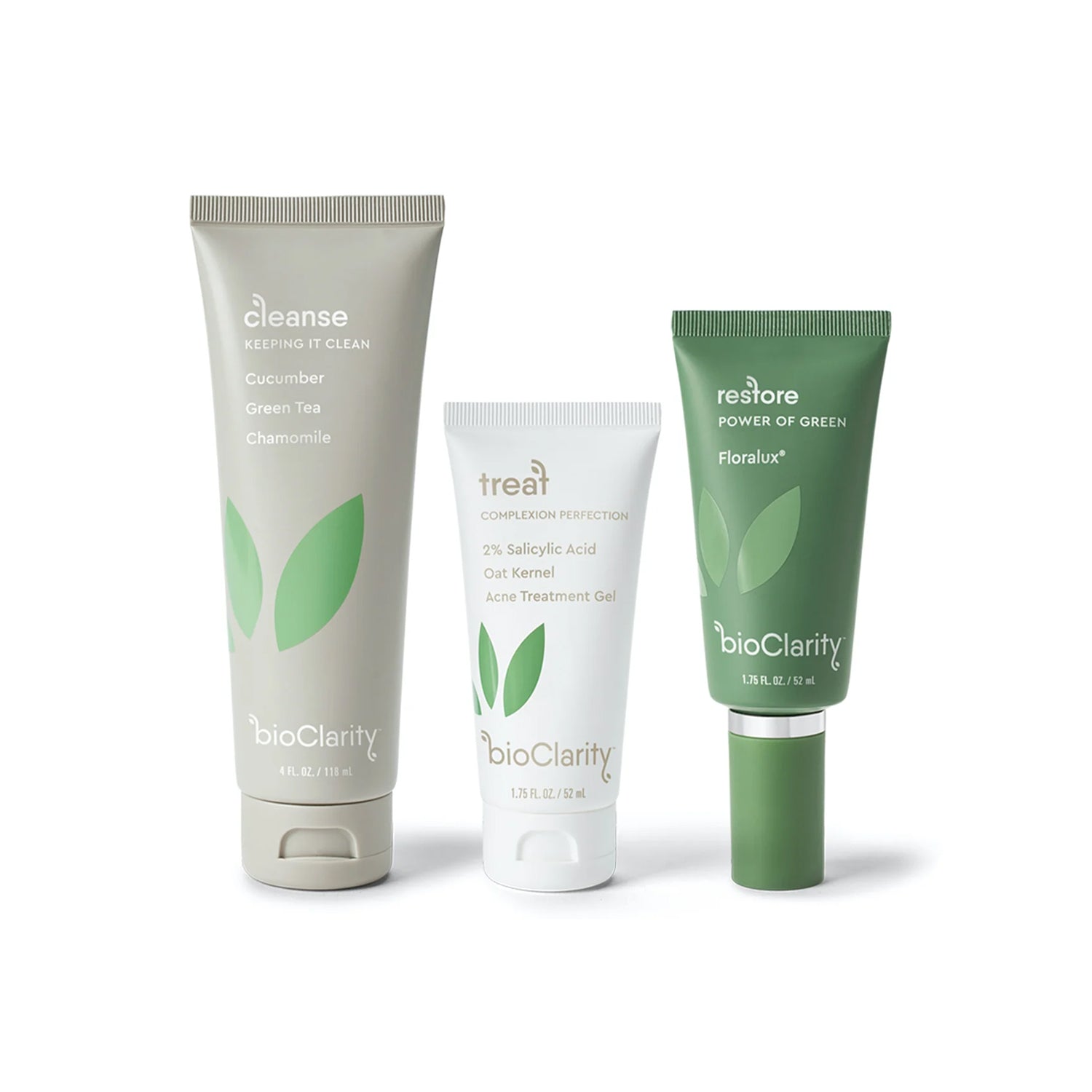
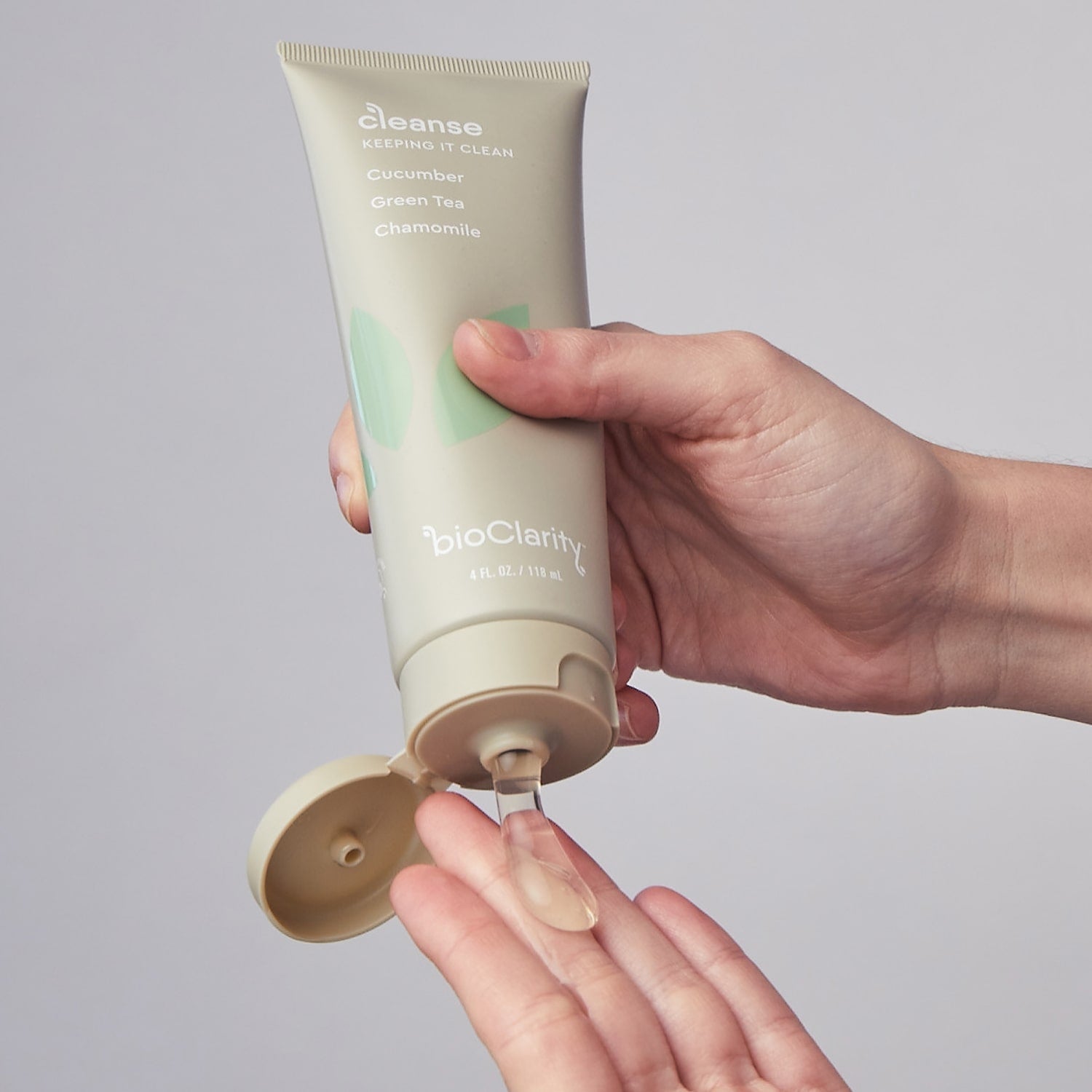
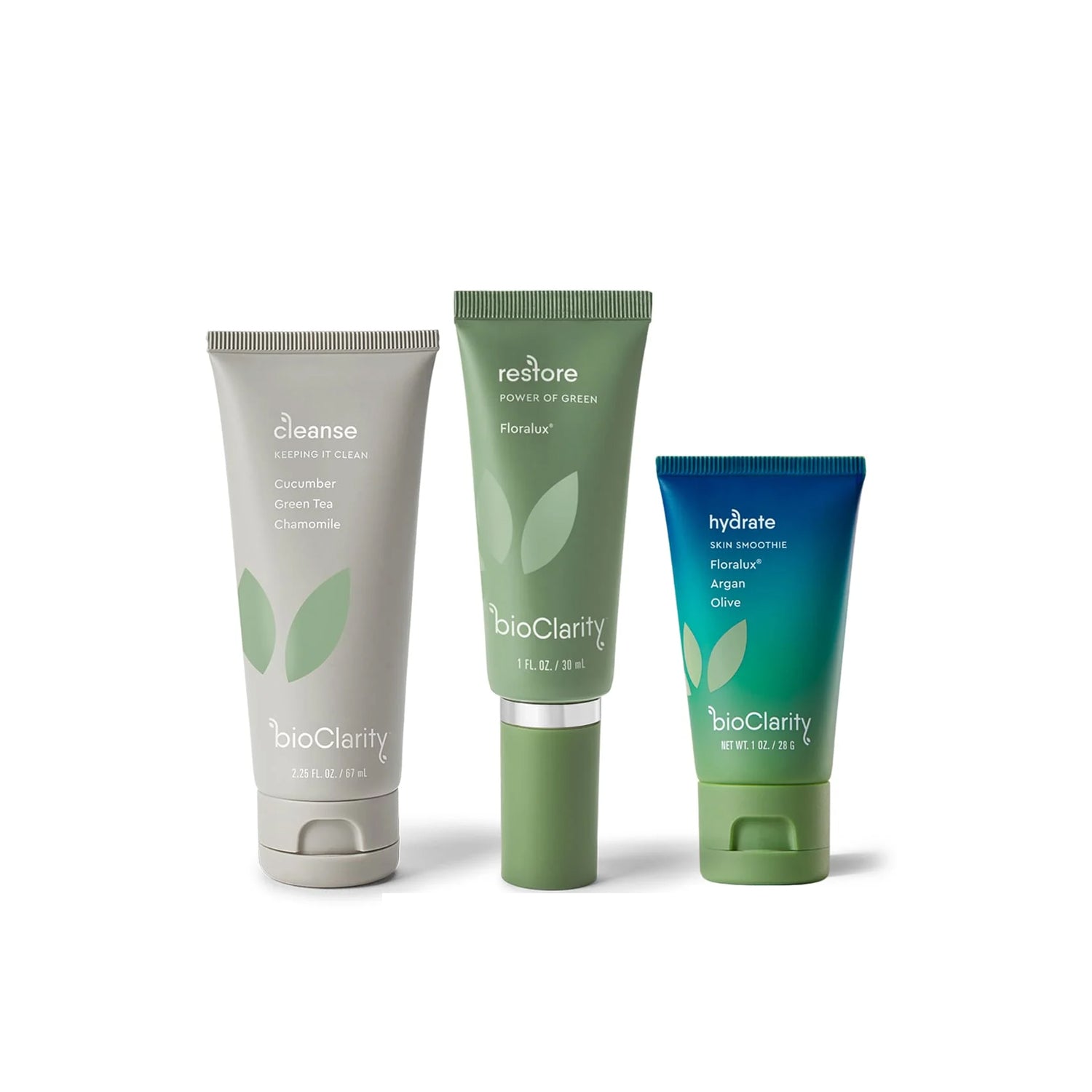
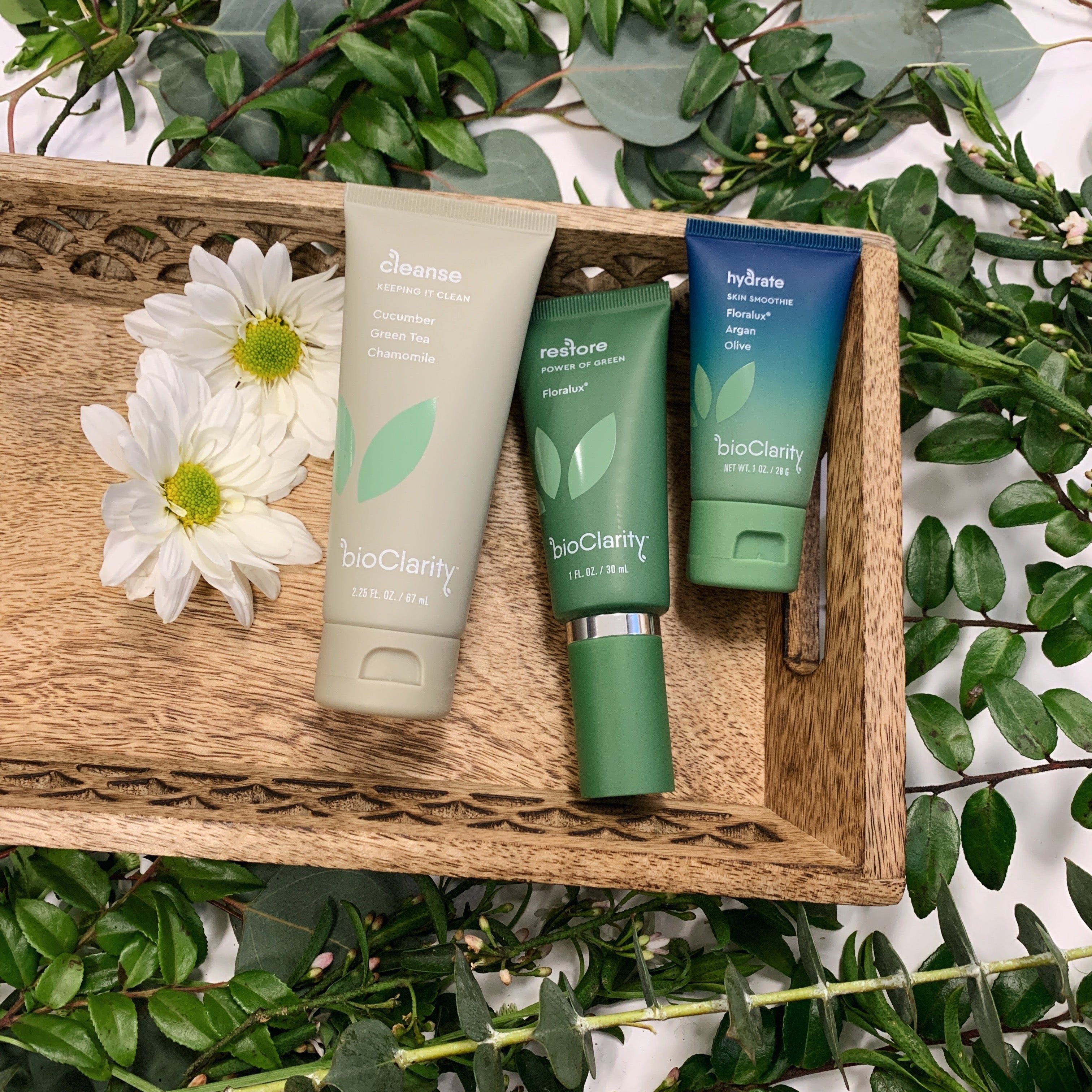
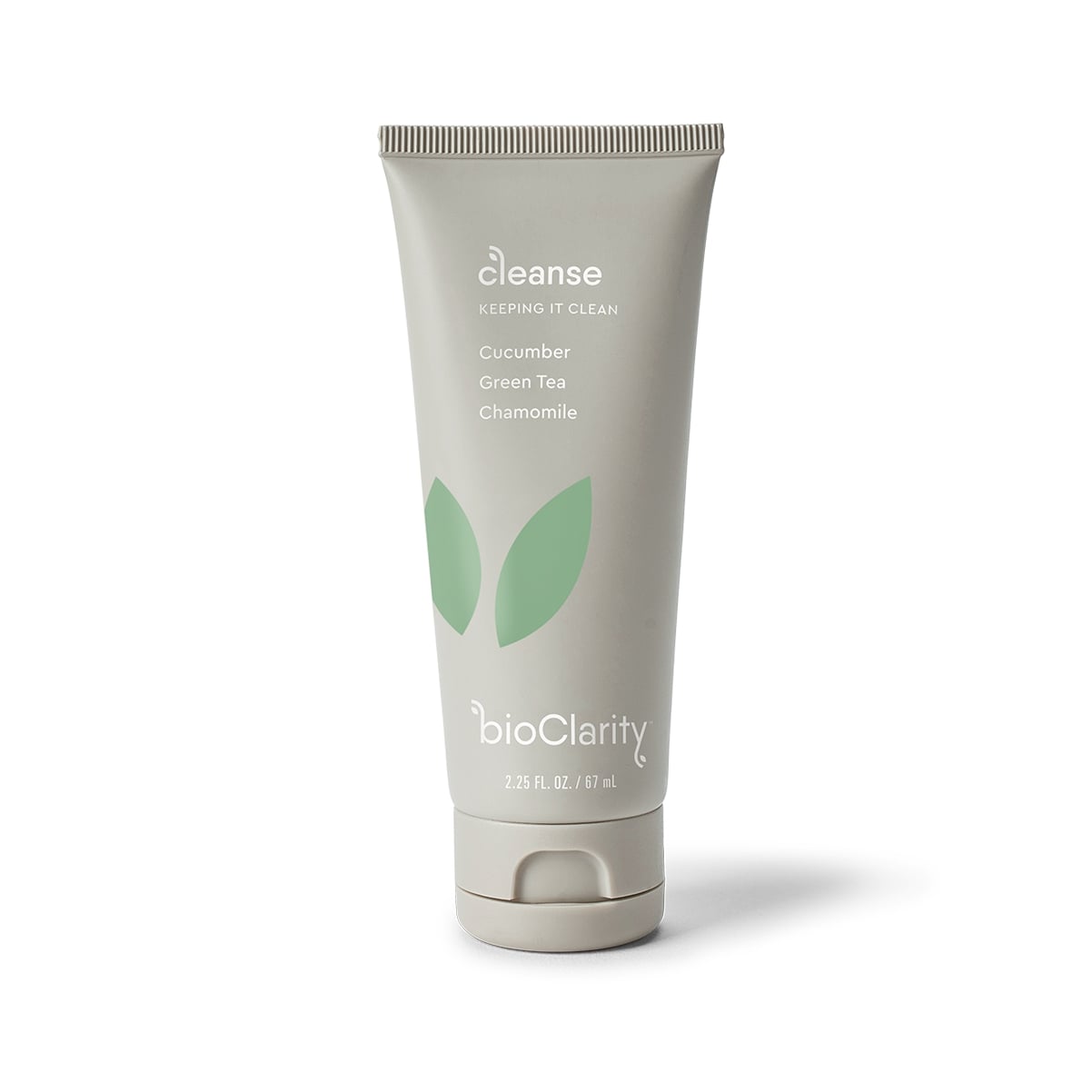
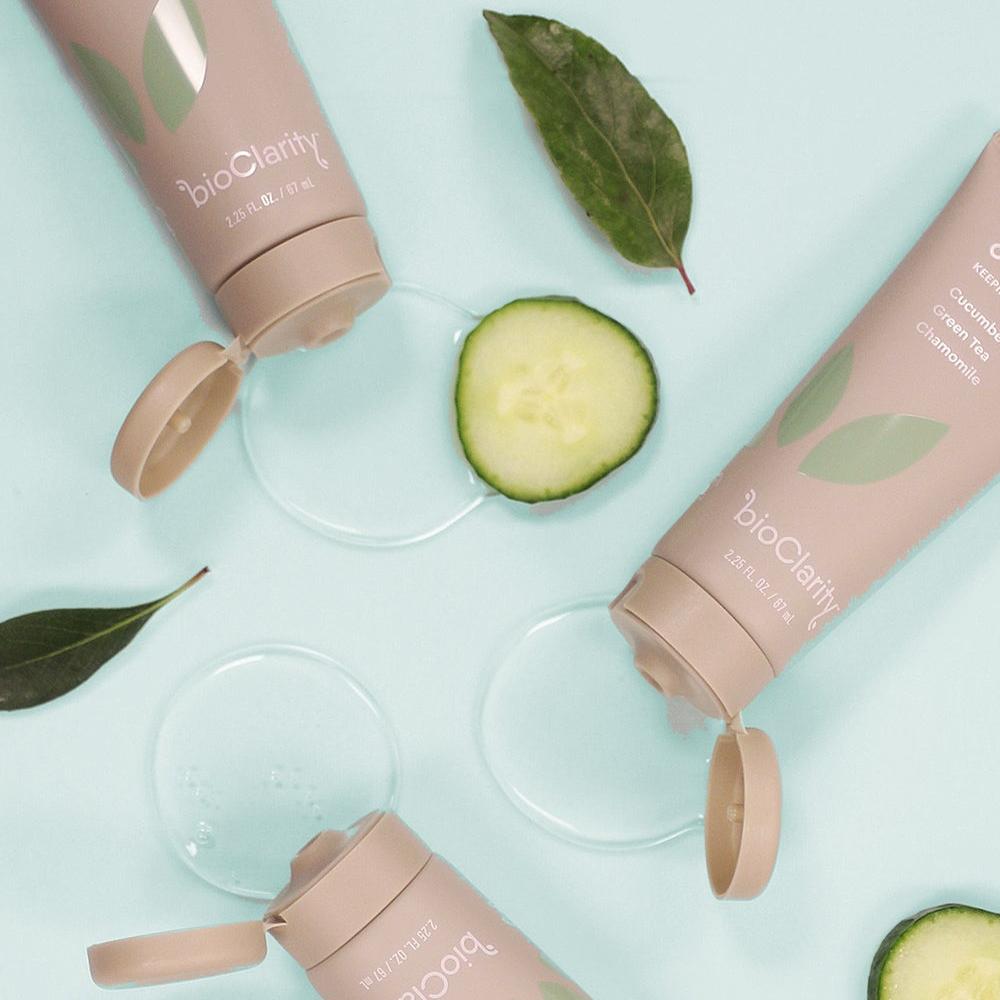
Comments